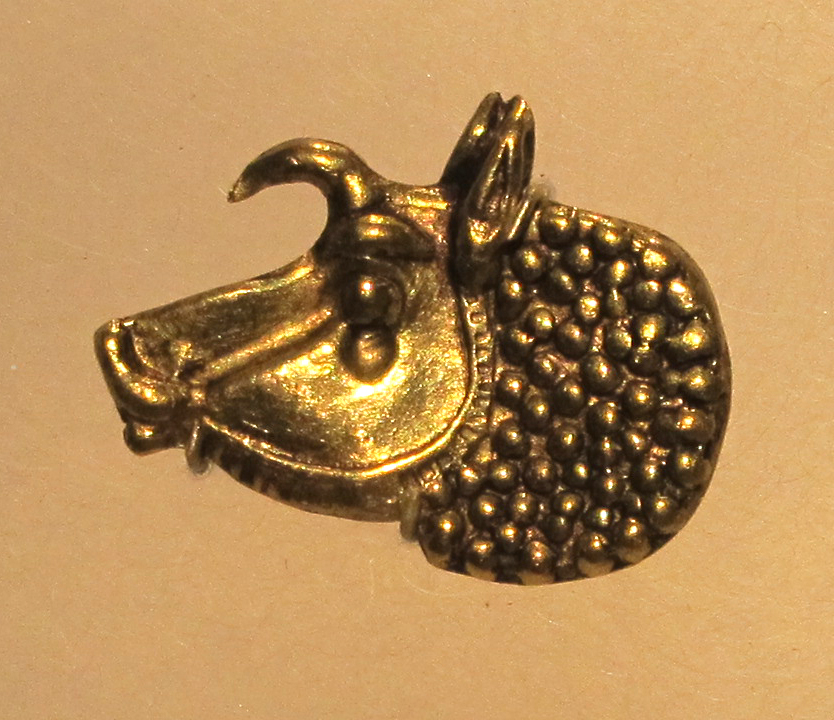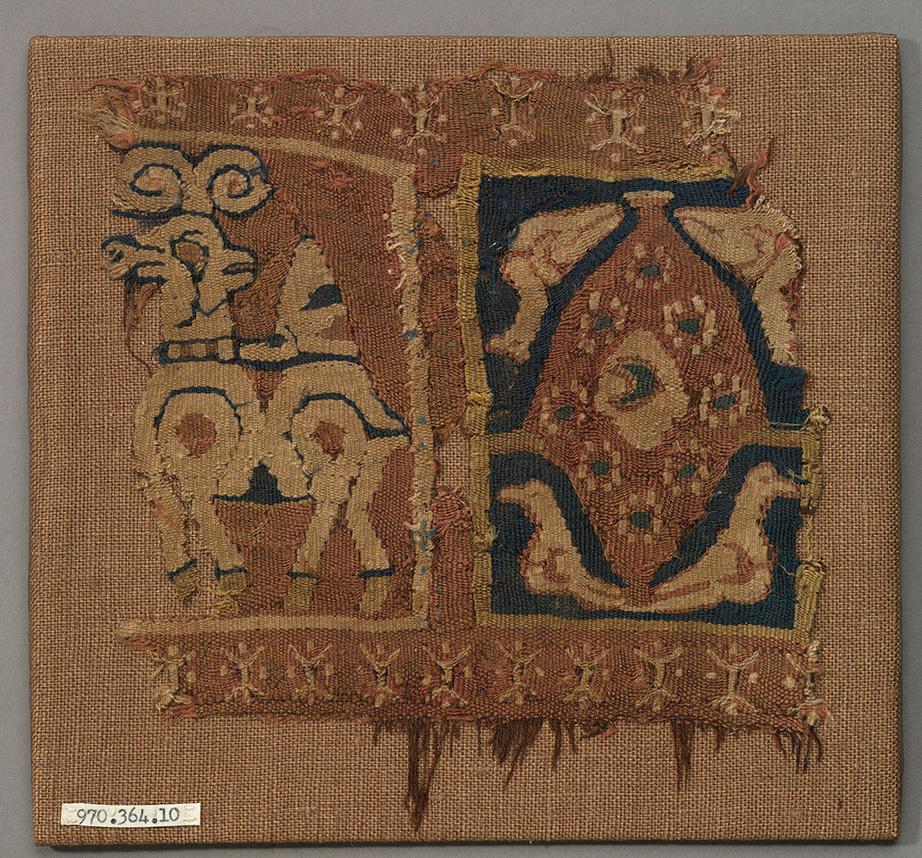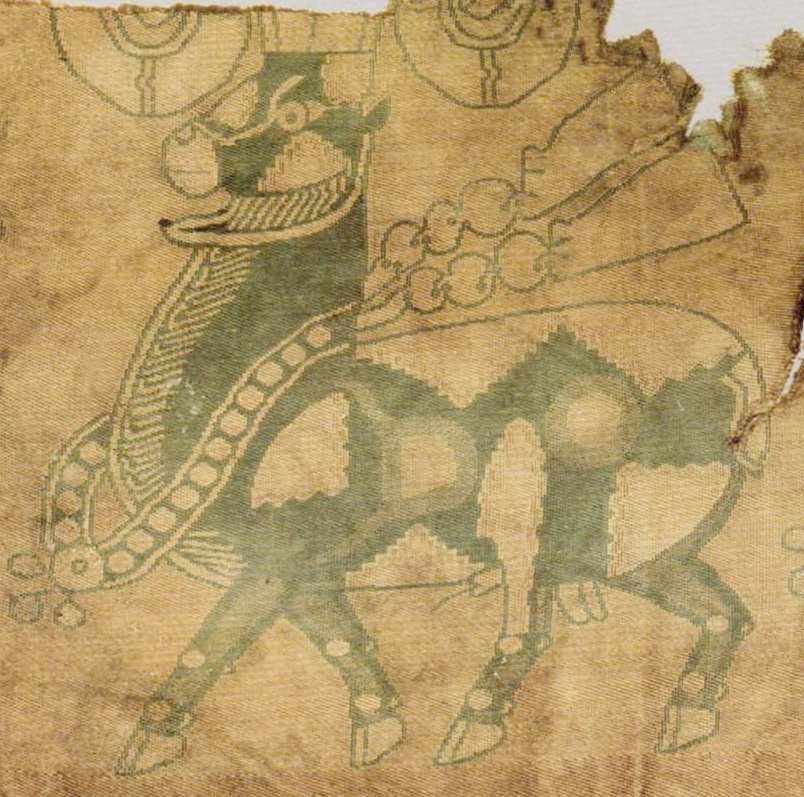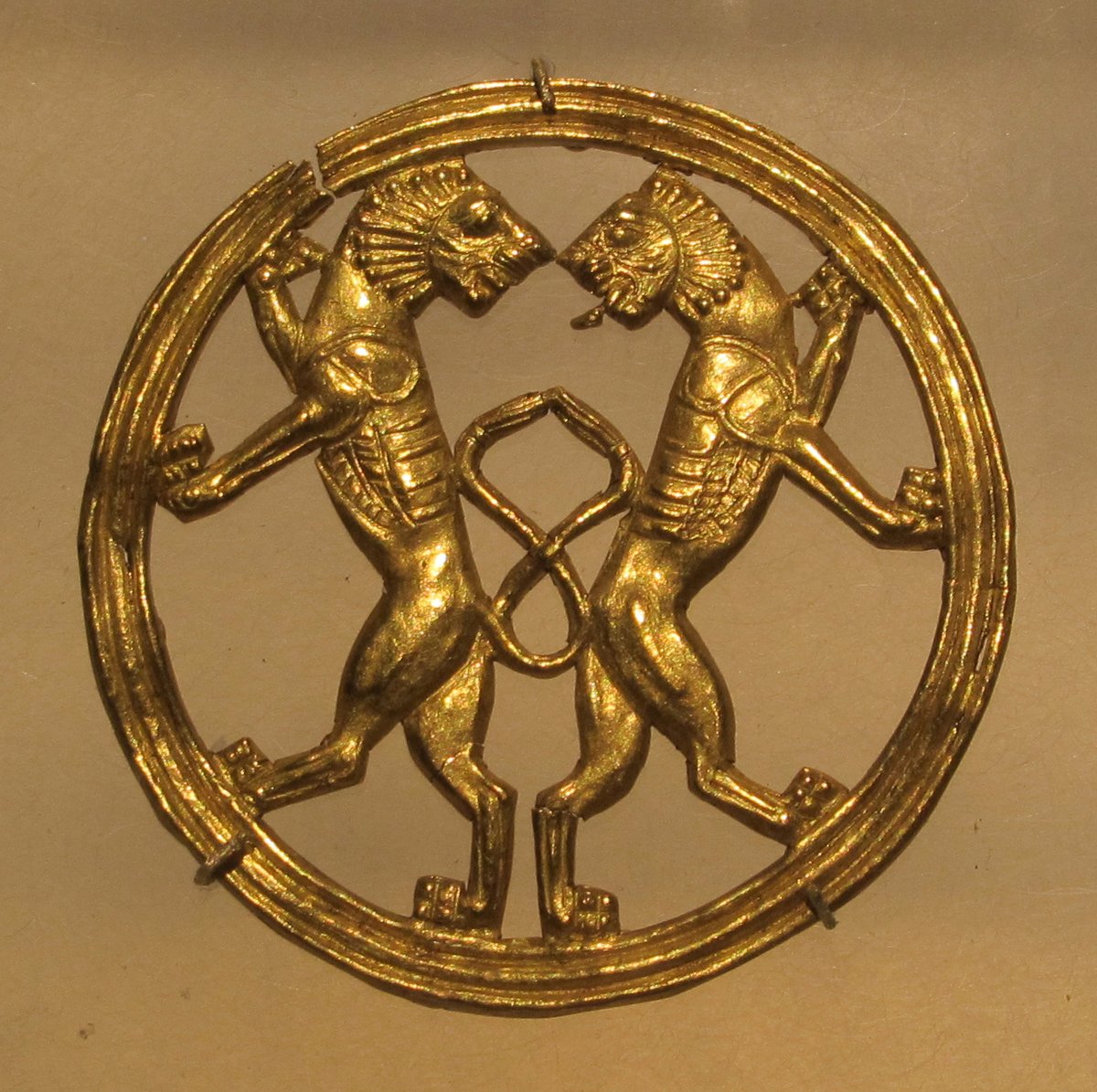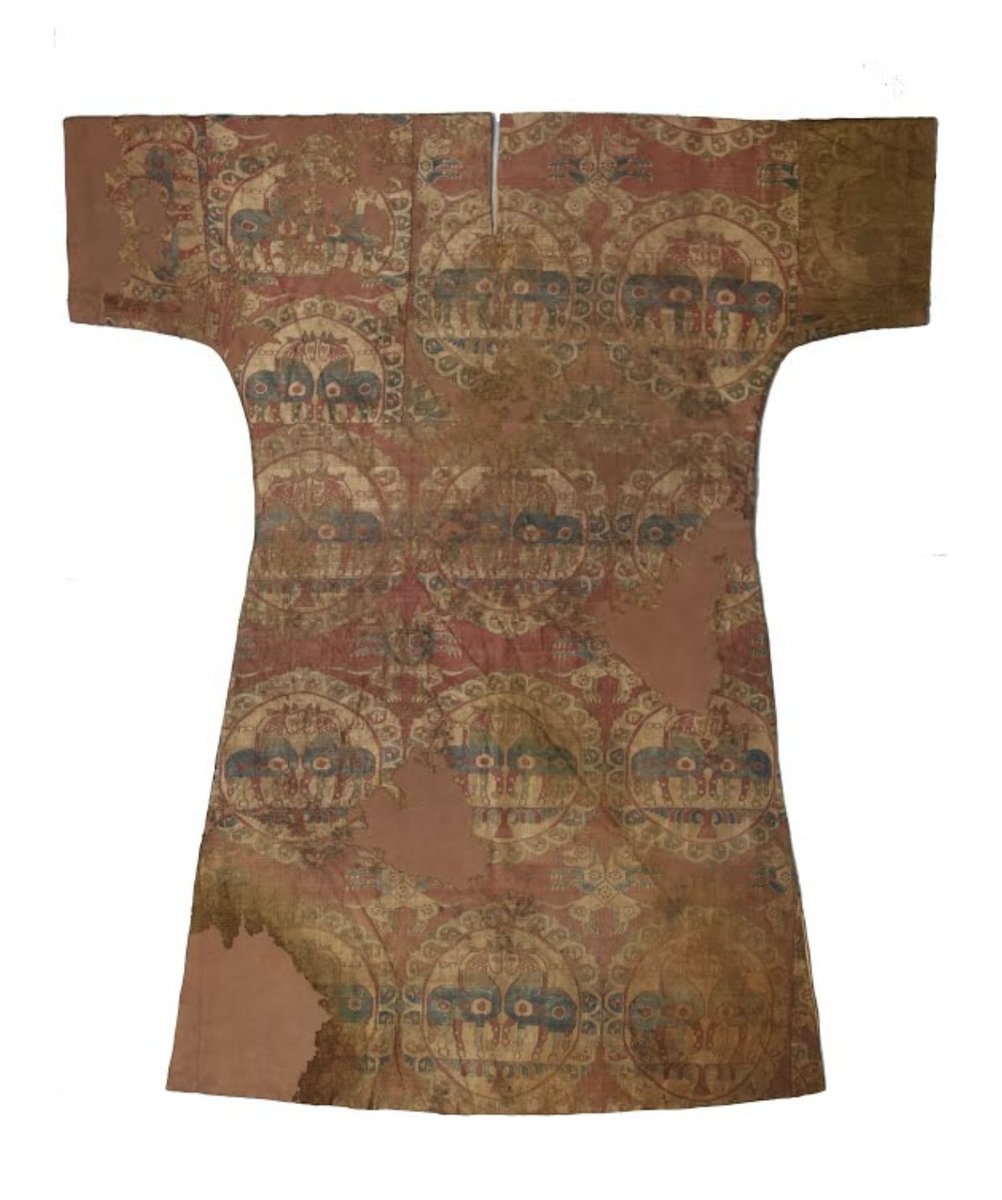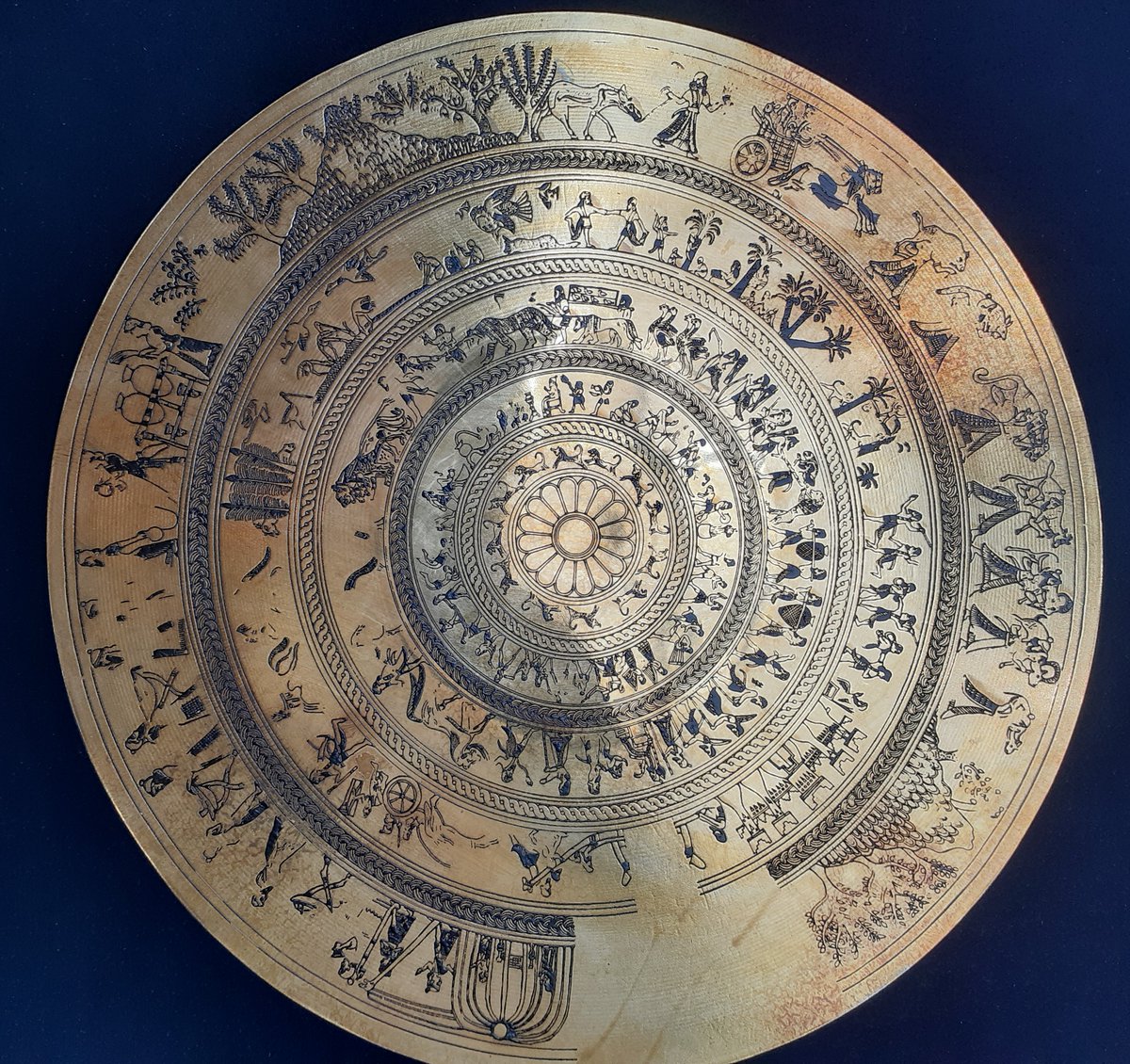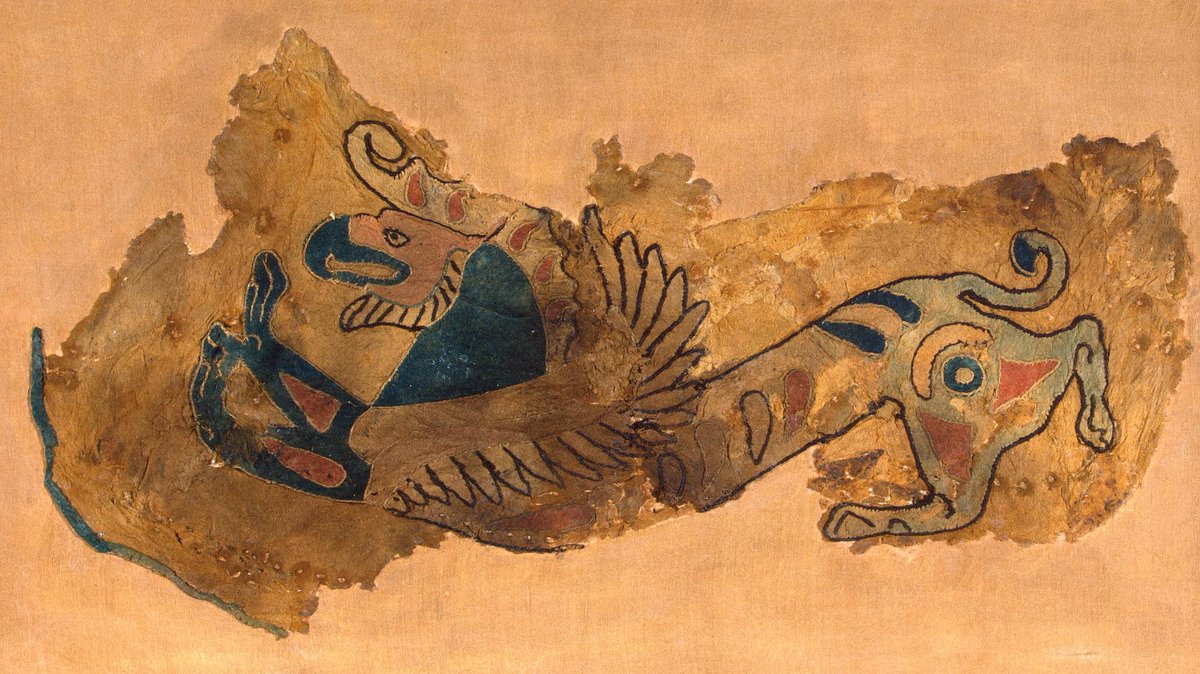24 #Iranian motifs & designs used for centuries from China to Rome: Part 2 |
۲۴ طرح و نقش ایرانی که از چین تا روم برای چند صد سال استفاده میشده: بخش دوم |
Talked about 10 motifs before. The rest fall in category of animals & plants, besides geometric patterns
🧵⤵️
۲۴ طرح و نقش ایرانی که از چین تا روم برای چند صد سال استفاده میشده: بخش دوم |
Talked about 10 motifs before. The rest fall in category of animals & plants, besides geometric patterns
🧵⤵️

11) Boars: widespread among Iranian groups. It's likely where Zoroastrianism or more generally Iranian religions have been practiced, that at least boar heads could be symbols of deity Verethragna (Bahram: بهرام):
Previous thread on first 10 motifs:
⤵️
Previous thread on first 10 motifs:
https://twitter.com/On_Persia/status/1567685818826821634?s=20&t=RAZ9WnCgfgkzbB38CjJJHw
⤵️
It's remarkable that at least 2, if not more Iranian motifs of deities have spread so widely across Eurasia.
For example bird holding a pearl necklace with 3 pearls could be related to Farr/Khvarenah as a concept or deity as well...
⤵️




For example bird holding a pearl necklace with 3 pearls could be related to Farr/Khvarenah as a concept or deity as well...
⤵️
https://twitter.com/On_Persia/status/1493009210853969922?s=20&t=sX-3d9TBtZTpVLMbETAUYQ




Depiction of boars was very popular across media in ancient Iran. It didn't just have one meaning. When a king is hunting a boar on a plate for example, it's highly unlikely to be depiction of deity Bahram.
But some do appear to have significance when added to clothing etc.
⤵️



But some do appear to have significance when added to clothing etc.
⤵️




Now in #Sasanian era, metal objects
Note 3 could be an imitation of Sasanian style, but we see 3 boar heads on bottom
⤵️



Note 3 could be an imitation of Sasanian style, but we see 3 boar heads on bottom
⤵️




One more Sasanian sealing
Here we also have the spread wings motif I talked about before, and a little crescent and MP inscription
⤵️
Here we also have the spread wings motif I talked about before, and a little crescent and MP inscription
⤵️

In architecture and other arts, Sasanian era
Don't have details of photo 1, could be a different period
⤵️



Don't have details of photo 1, could be a different period
⤵️




1: @metmuseum , Iran or China
2: al Sabah Collection, Samangan Province, northern Afghanistan
3: @GWTextileMuseum
⤵️


2: al Sabah Collection, Samangan Province, northern Afghanistan
3: @GWTextileMuseum
⤵️



Later on we see the same boar design in Sogdia, here at Afrasiab site
3: from Central Asian Clothing book, Maitdinova
⤵️


3: from Central Asian Clothing book, Maitdinova
⤵️



Once again, this motif is nothing but Iranian, depiction of an Iranian deity and for various positive meaning put on clothing. It should not be called only "Central Asian". That is a crime against ancient Iranian history and identity. It's erasing Iran's name
⤵️



⤵️




We also then have numerous depictions from China, for example this one: excavated from Tomb 138, Astana,
Turfan, Xinjiang Uygur Autonomous Region, 1969
⤵️

Turfan, Xinjiang Uygur Autonomous Region, 1969
⤵️


More Iranian boar motif/ designs found in China
1: from Astana, @NMnewdelhi
2: Likely partial, same design, @V_and_A
3: Astana
4: Turfan
⤵️



1: from Astana, @NMnewdelhi
2: Likely partial, same design, @V_and_A
3: Astana
4: Turfan
⤵️

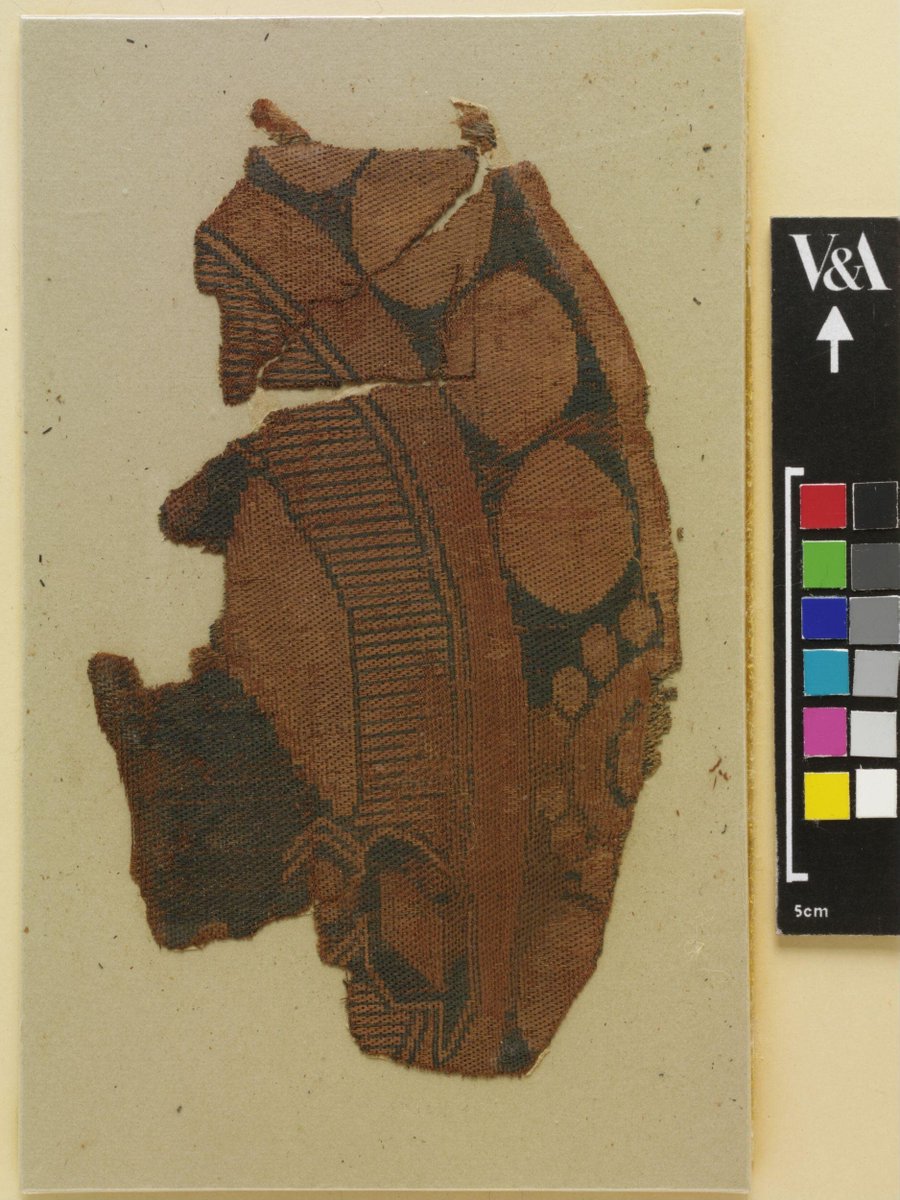


Now among Avars of Caucasus
A mug and its design. Likely borrowed from Iranian Alans in area, or other Iranian groups
⤵️

A mug and its design. Likely borrowed from Iranian Alans in area, or other Iranian groups
⤵️


Among Iranian Alans
Interestingly, among Alans usually the symbol is more abstract (photo 2)
It's transformed into what's called the double-axe symbol in Russian literature, or you could think of it as somewhat like the Batman logo!
⤵️

Interestingly, among Alans usually the symbol is more abstract (photo 2)
It's transformed into what's called the double-axe symbol in Russian literature, or you could think of it as somewhat like the Batman logo!
⤵️


It was Very popular among Alans on all sorts of clothing and even other objects of daily use
1 & 3 @metmuseum
⤵️



1 & 3 @metmuseum
⤵️




Some more examples of abstract boar motif among Alans as the "double-axe" symbol on clothing
Most 7-9 C, from Moshchevaia Balka
⤵️



Most 7-9 C, from Moshchevaia Balka
⤵️




12) Animals with ribbons or streamers
2 of most important of these were rams & stags. Rams, especially with ribbons, were associated with divine glory/ Farr in Sasanian era
But we see rep of stags & rams from Achaemenid era, & among Scythians too
1-2: seals from Gordion
⤵️



2 of most important of these were rams & stags. Rams, especially with ribbons, were associated with divine glory/ Farr in Sasanian era
But we see rep of stags & rams from Achaemenid era, & among Scythians too
1-2: seals from Gordion
⤵️




2: related, gold reindeer plaques, circa 400 to 300 BC, al Thani collection
3: Pazyryk, Scythian
4: Pazyryk carpet, likely from Achaemenid world
⤵️



3: Pazyryk, Scythian
4: Pazyryk carpet, likely from Achaemenid world
⤵️




Textile specifically from Sasanian, Iranian lands
1-3: al Sabah Collection
4: Sasanian Iran or Iraq, 5-6 C, @DumbartonOaks
⤵️



1-3: al Sabah Collection
4: Sasanian Iran or Iraq, 5-6 C, @DumbartonOaks
⤵️




Birds
1: Alanic Children's toy, possibly with Sasanian-style streamers
2-3: Parthian era, bird motif on clothing of king
⤵️


1: Alanic Children's toy, possibly with Sasanian-style streamers
2-3: Parthian era, bird motif on clothing of king
⤵️



13) Confronted Animals
I think the motif started long ago in Iran. See for example these examples from Jiroft civilization, eastern Iran
⤵️

I think the motif started long ago in Iran. See for example these examples from Jiroft civilization, eastern Iran
⤵️


And a few more examples of confronted animals on textiles
2-3: Alanic
4: Tang China, @cnsilkmuseum
⤵️



2-3: Alanic
4: Tang China, @cnsilkmuseum
⤵️



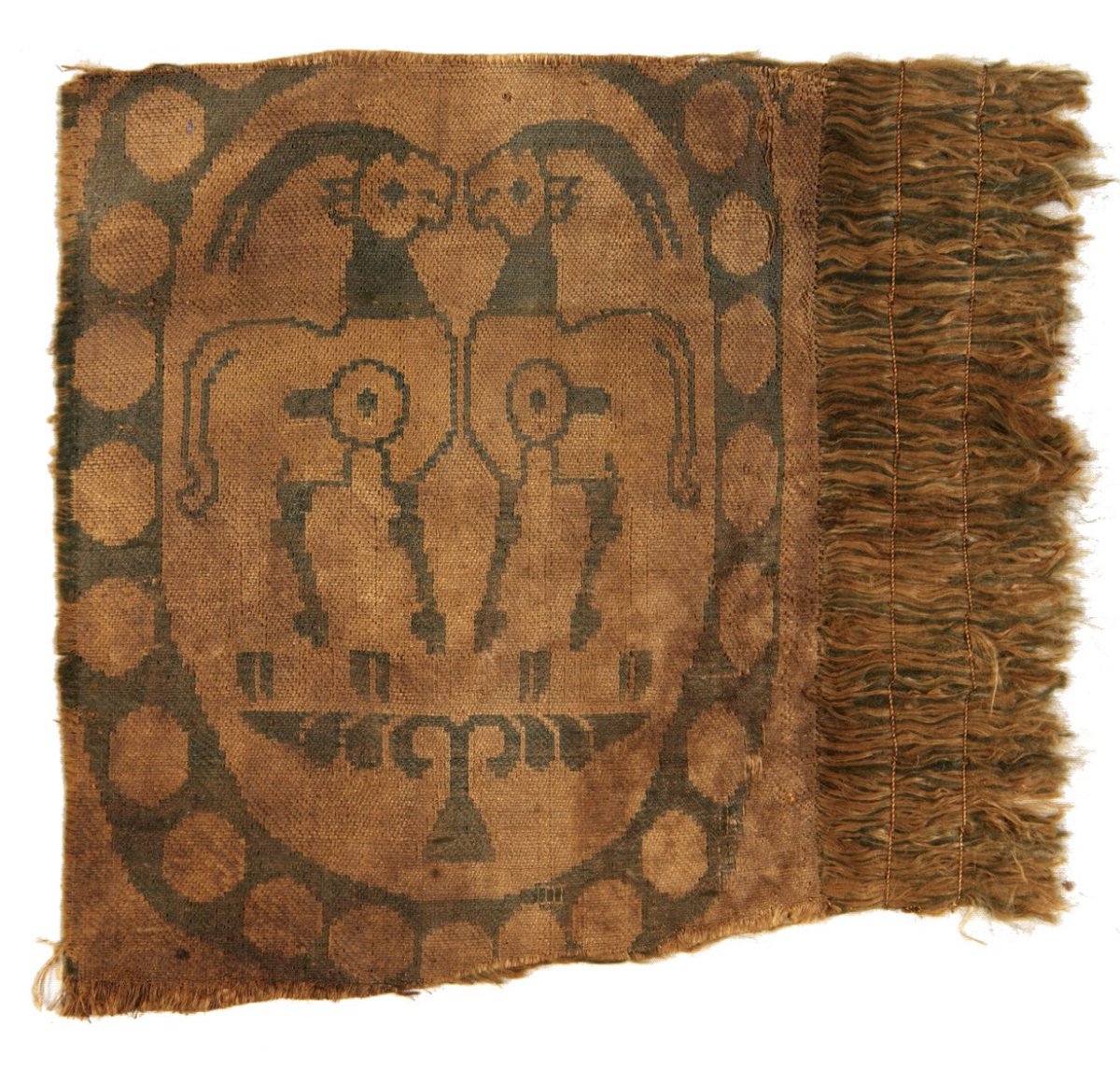
14) Lions
Not that lions were not depicted in art of other nations, but as we will see, the forms used in Iranian art were used elsewhere like in China
1-4: #Achaemenid
3: textile found @ Pazyryk, of clear Achaemenid origin
⤵️



Not that lions were not depicted in art of other nations, but as we will see, the forms used in Iranian art were used elsewhere like in China
1-4: #Achaemenid
3: textile found @ Pazyryk, of clear Achaemenid origin
⤵️




1: Byzantine, National Museum, Ravenna, 9-10C
2: 00-1000-Iran or Central Asia, @V_and_A
And we see confronted lions too
⤵️



2: 00-1000-Iran or Central Asia, @V_and_A
And we see confronted lions too
⤵️




15) Striding Lions or Lions Procession
Just a few examples here, I previously did a thread on this motif
Achaemenid era examples
⤵️



Just a few examples here, I previously did a thread on this motif
Achaemenid era examples
https://twitter.com/On_Persia/status/1512897092368404483?s=20&t=oNwl1b-9qlmUTK6wAQ_n8g
⤵️




16) Lion-Bull Combat
Very important Iranian motif, from Scythians all the way to Achaemenids and post-Sasanian eras
Also see previous thread on it:
Achaemenid era, we could think of photo 3 as another interpretation of motif
⤵️



Very important Iranian motif, from Scythians all the way to Achaemenids and post-Sasanian eras
Also see previous thread on it:
https://twitter.com/On_Persia/status/1482761602797649927?s=20&t=oNwl1b-9qlmUTK6wAQ_n8g
Achaemenid era, we could think of photo 3 as another interpretation of motif
⤵️




A few more examples of lion-bull combat motif
1: Sasanian era
2: Sasanian or post-Sasanian
3-4: textile from Egypt, likely post-Sasanian, Abbasid period
3: @ClevelandArt



1: Sasanian era
2: Sasanian or post-Sasanian
3-4: textile from Egypt, likely post-Sasanian, Abbasid period
3: @ClevelandArt




17) Mythological Creatures: Sphinx
Sphinx doesn't appear to be common on Iranian textiles
Though it was present in Iran since pre-Achaemenid eras, see previous thread
1: Achaemenid era, western Achaemenid lands
2: Elamite
3: from Amarlou, Iran
4: Luristan
⤵️



Sphinx doesn't appear to be common on Iranian textiles
Though it was present in Iran since pre-Achaemenid eras, see previous thread
1: Achaemenid era, western Achaemenid lands
2: Elamite
3: from Amarlou, Iran
4: Luristan
⤵️




18) Mythological Creatures: Griffins
As I talked about before, properly griffins are divided into lion-griffin & eagle-griffin, and we see both in Iranian art
⤵️

As I talked about before, properly griffins are divided into lion-griffin & eagle-griffin, and we see both in Iranian art
https://twitter.com/On_Persia/status/1506064516970332162?s=20&t=y1YsUpgQUXVbSD1-7DMl-g
⤵️


Sasanian era griffins on textiles
1-2 are most likely lion-griffins and not "dragons": al Sabah collection
3: GWTextileMuseum
⤵️


1-2 are most likely lion-griffins and not "dragons": al Sabah collection
3: GWTextileMuseum
⤵️



1-2: post-Sasanian, 11th C
3: Alanic
I'll do another thread for the remaining motifs and designs, including Simurgh, tree of life, paisley, and winged horse :)


3: Alanic
I'll do another thread for the remaining motifs and designs, including Simurgh, tree of life, paisley, and winged horse :)



As I said before for lion, I'm also not claiming griffins or sphinxes were only Iranian in origin
I just included them for sake of completeness. There are very ancient depictions of these animals in Iran
Same thing for some plant motifs, geometric patterns
I just included them for sake of completeness. There are very ancient depictions of these animals in Iran
Same thing for some plant motifs, geometric patterns
Some other sources for those interested:
Exotic Taste: The Lure of Sasanian Persia, Anna Gonosová, 2000
Transcending Patterns... , Mariachiara Gasparini, 2020
Study of Animal Motifs of Sassanid Textile Design (in Persian), Panjehbashi et al, 2022
⤵️
Exotic Taste: The Lure of Sasanian Persia, Anna Gonosová, 2000
Transcending Patterns... , Mariachiara Gasparini, 2020
Study of Animal Motifs of Sassanid Textile Design (in Persian), Panjehbashi et al, 2022
⤵️
بازیابی طرح و نقش پارچه های ساسانی با نظر به سنگ نگاره های طاق بستان, صابری
نمادشناسی نقوش جانوری در پارچه های مدالیونی عصر ساسانی
among other papers and books.
نمادشناسی نقوش جانوری در پارچه های مدالیونی عصر ساسانی
among other papers and books.

• • •
Missing some Tweet in this thread? You can try to
force a refresh







